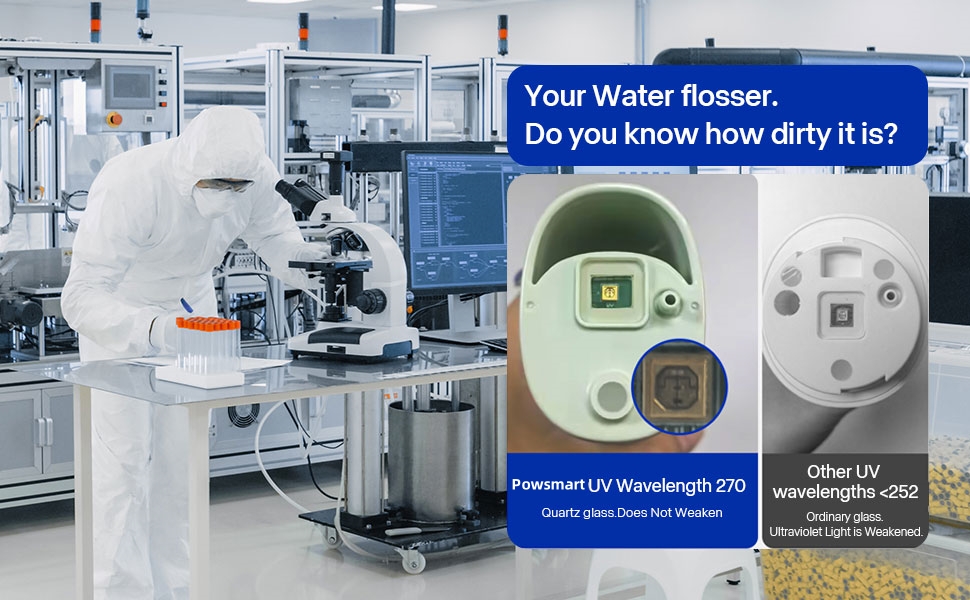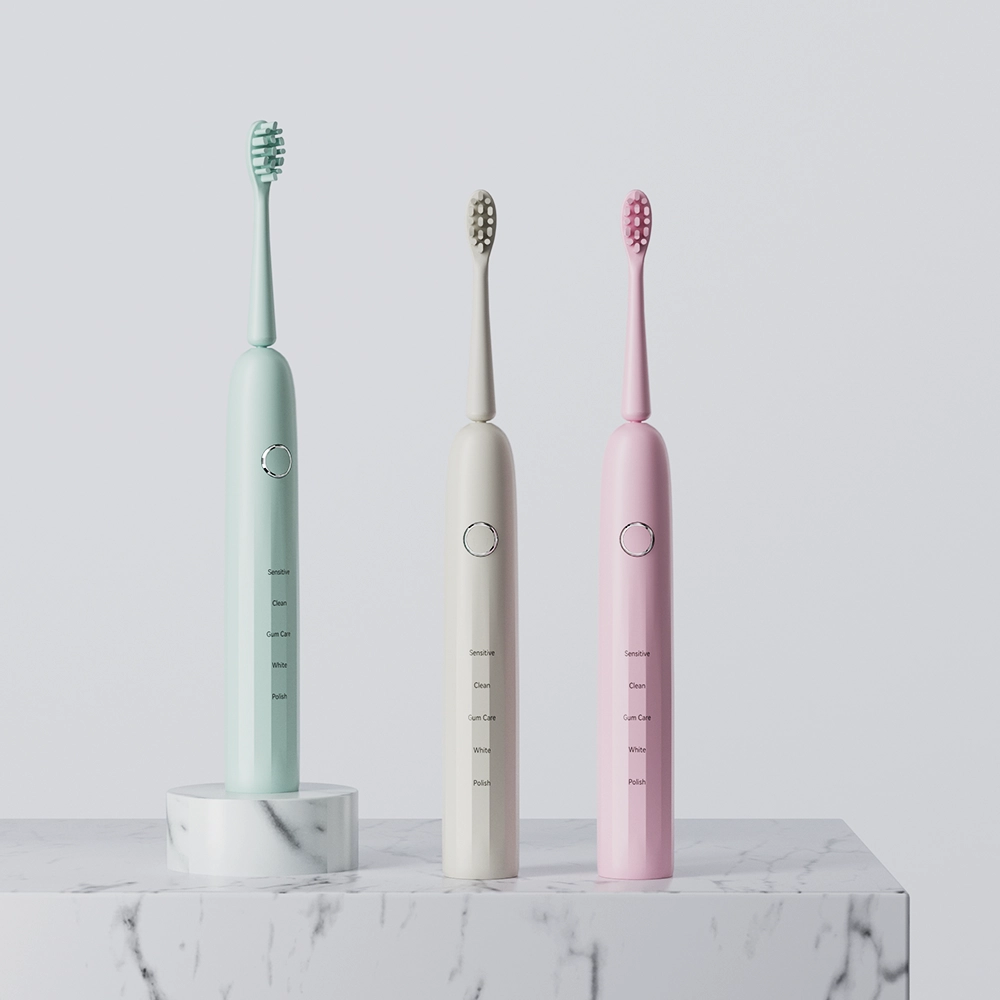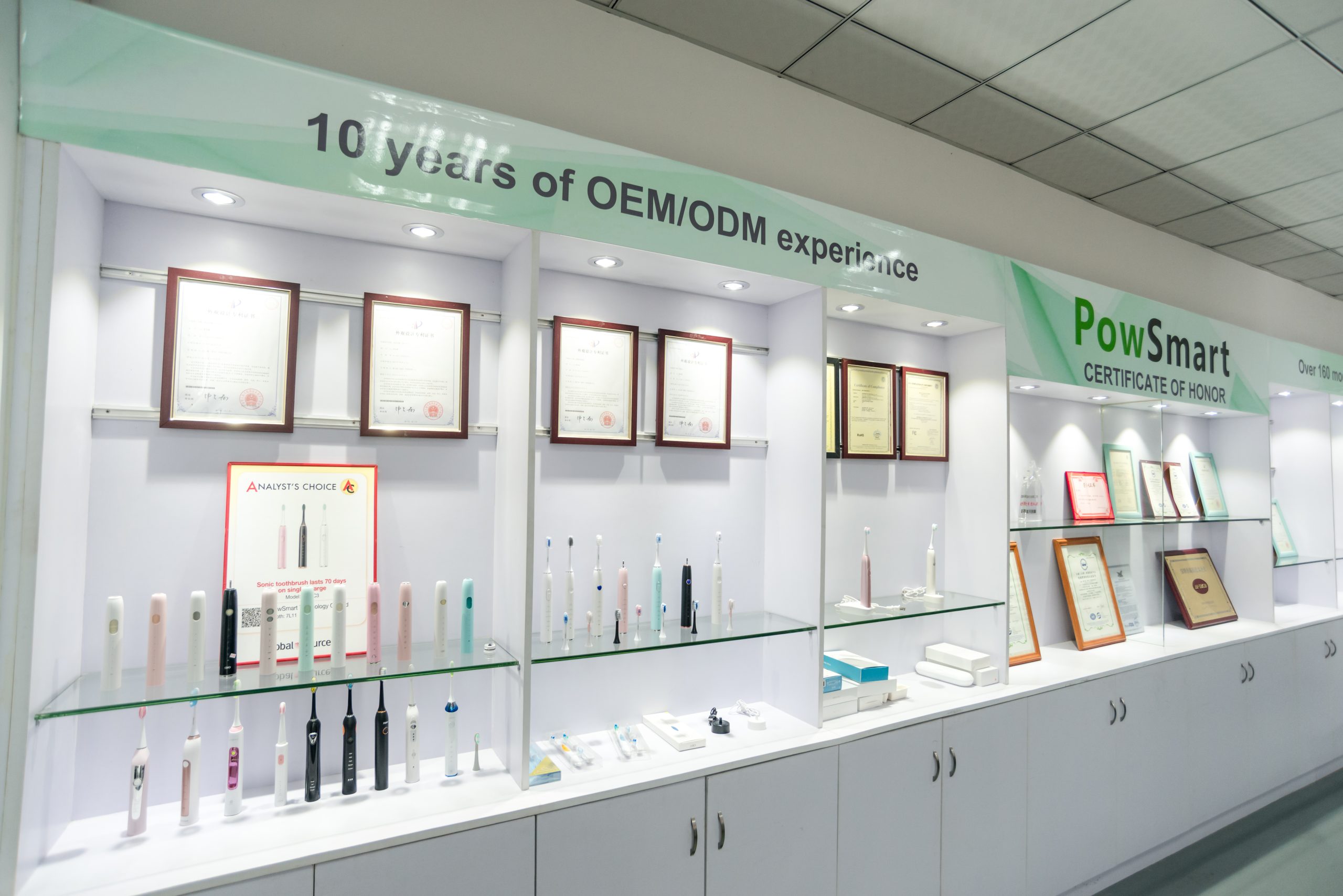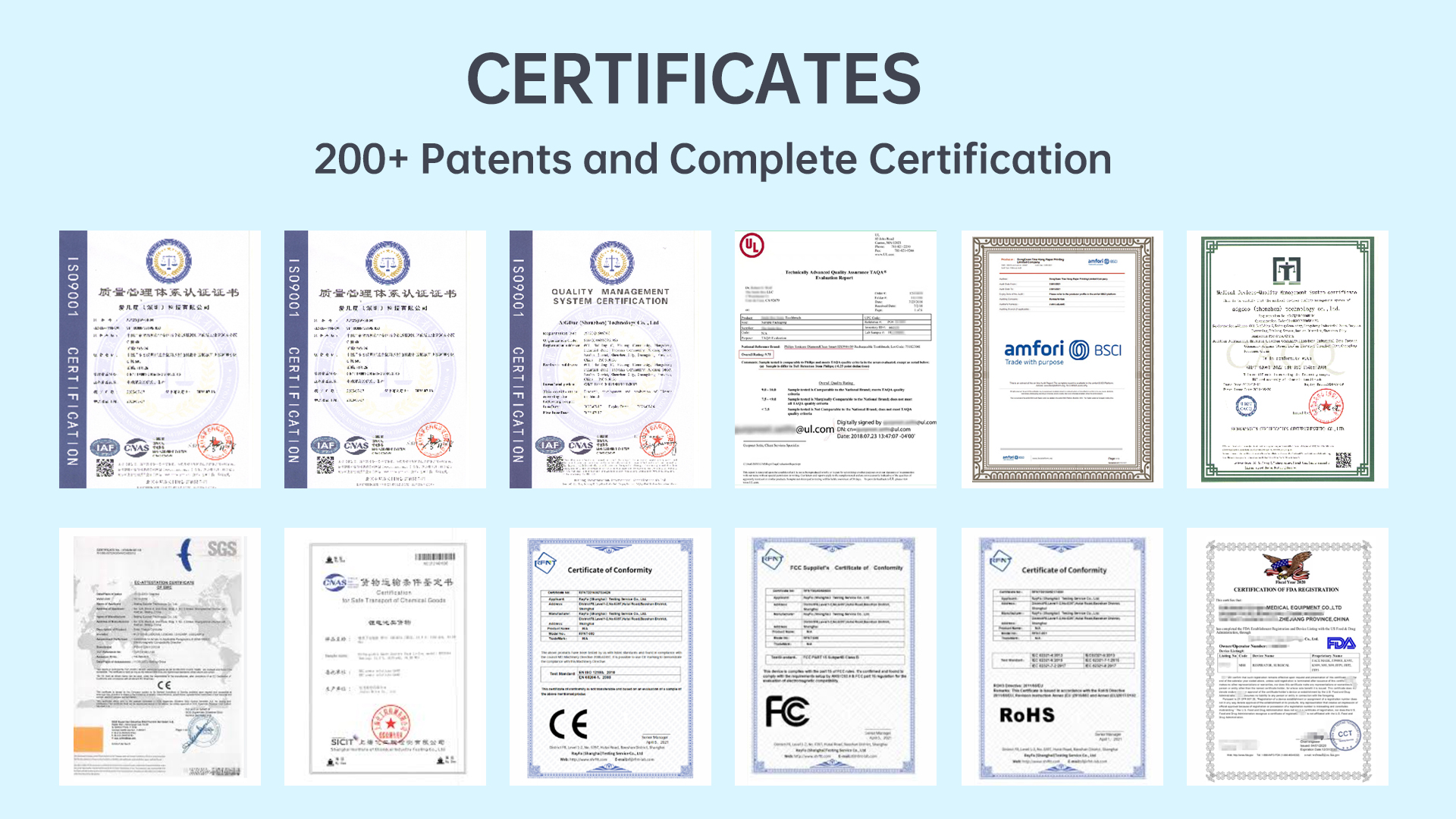




When electrical integrity meets biological vulnerability, even minor design flaws can escalate into serious health risks. In the case of charging corrosion and mucosal lesions, manufacturers face a dual-threat scenario: one technical, one medical. Could electrochemical wear at the charging port be linked to soft tissue injury? And more importantly, is this interaction potentially fatal? In this article, we explore the hidden link between material degradation and biological exposure—highlighting key considerations for OEM and ODM developers.
Charging corrosion refers to the gradual degradation of metal contact points, typically caused by moisture ingress, saliva exposure, or repeated plugging in humid environments. This corrosion is more than just an aesthetic issue; it can lead to:
In devices like electric toothbrushes or oral irrigators, the charging port is often located close to the user’s mouth or skin—making any breakdown potentially hazardous.
Mucosal lesions are ulcerative or inflamed patches on the inner cheeks, lips, or gum tissues. While these may arise from mechanical abrasion, they can also result from:
When a device suffers from charging corrosion, small fragments of oxidized material may detach and contaminate mouth-adjacent surfaces. In worst-case scenarios, these can lodge in mucosal tissue and cause localized inflammation or even allergic reactions.
Here’s how the process unfolds:
This seemingly indirect route of injury makes charging corrosion a silent contributor to mucosal lesions, often going unnoticed until symptoms worsen. Company web: https://www.powsmart.com/product/electric-toothbrush/
Several design and material factors heighten the risk of this fatal pairing:
Such weaknesses are especially critical in B2B shipment to tropical or coastal markets, where moisture and salt accelerate corrosion cycles.
To mitigate these risks, responsible OEM/ODM manufacturers should:
These steps not only prevent technical failure but also protect users from potential mucosal lesions due to ion or debris exposure.
From a business standpoint, ignoring corrosion-to-tissue hazards opens doors to:
For B2B clients, it is essential to ensure that manufacturing partners:
By proactively addressing the charging corrosion and mucosal lesion link, you position your product—and your brand—at the forefront of safety-first innovation.
Is the pairing of charging corrosion and mucosal lesions fatal? Not always—but it’s certainly critical. For any device that resides near the oral cavity or facial skin, manufacturers must treat this issue with the seriousness it deserves. The fix is not only possible, but also necessary for maintaining trust, safety, and long-term value in today’s competitive market. Contact Kiwibird
-300x300.jpg)
-300x300.jpg)
.jpg)
Taste Distortion Alongside pH Imbalance – Vicious Cycle?

2025 Electric Toothbrush Promotional Sale: Opportunities for Brands to Scale with the Right Manufacturer

Competitive Wholesale Oral Care Products for Your Store – Bulk Deals & OEM Options

Demineralization Zones with Jaw Fatigue – Silent Threat?

pH Imbalance Plus Taste Distortion – Toxic?

Light Decay Causing Gingival Discoloration?

Adapter Overheating with Circuit Shorting – Fire Risk?

Indicator Failure Leading Periodontal Pocket Deepening – Undetected?
.jpg)
Florida Electric Toothbrush – Powsmart PTR-C8
.jpg)
Customizable Water Flosser Big Tank UVC Sterilization
Specification Model Name: PTR-X6 Material: PC, ABS Battery type: 2000 mAh lithium battery Rated voltage: DC 3.7V Fully Charged: ≤6H Product Size:76.5x71.5x290mm Waterproof: IPX7 Frequency: 1.jpg)
Customizable Kids Electric Toothbrush
.jpg)
Sonic Electric Toothbrush Customizable High Quality
.jpg)
Oral Irrigator UVC Portable OEM Available
Specification Model Name: PTR-X3 Material: PC, ABS Battery type: 1100 mAh lithium battery Rated voltage: DC 3.7V Fully Charged: ≤6H Product Size:221x64x45mm Waterproof: IPX8 Frequency: 1800.jpg)
Sonic Electric Toothbrush Waterproof Custom Logo
.jpg)
Travel Size UVC Oral Irrigator OEM Available
Specification Model Name: PTR-X3 Material: PC, ABS Battery type: 1100 mAh lithium battery Rated voltage: DC 3.7V Fully Charged: ≤6H Product Size:221x64x45mm Waterproof: IPX8 Frequency: 1800.jpg)
Children Powered Toothbrush Customizable
.jpg)
Sonic Toothbrush Smart Timer Private Label
-1-scaled.png)
Customizable Teeth Whitening LED Light

electric toothbrush heads Regular Clean
Regular Clean Brush Head 6mil (0.152mm)Dupont Tynex Classic Bristles. Conveys sonic vibration effectively 80% End-rounded rate, Clean while doesn’t damage enamel Color Reminder: Pedex Reminder.jpg)
Private Label Water Flosser With UVC Sterilization
Specification Model Name: PTR-X6 Material: PC, ABS Battery type: 2000 mAh lithium battery Rated voltage: DC 3.7V Fully Charged: ≤6H Product Size:76.5x71.5x290mm Waterproof: IPX7 Frequency: 1-3-scaled.png)
Household Teeth Whitening Device Custom LOGO
-2-scaled.png)
Private Label Teeth Whitening Accelerating Light
.jpg)
Electric Toothbrush Customized Logo Rechargeable USB-C
.jpg)
Children Sonic Electric toothbrush
Product series: Children Product color: white, pink, green (can customize other colors) Product features: Brush head: food-grade ABS material, safe and healthy; German PEDEX color-changing bristles
Customizable Sonic Electric Toothbrush Rechargeable

LED Sonic Electric Toothbrush Available for Customization
.jpg)
Accept OEM Electric Toothbrush Bulk Supplier

electric toothbrush heads Deep Clean
Regular Soft Bristles 6mil (0.152mm)Dupont Tynex Brilliance Bristles Conveys sonic vibration effectively 80% End-rounded rate Clean while doesn’t damage enamel Color Reminder Pedex ReminderCustomer satisfaction
We prioritize customers' satisfaction by providing exceptional service and support.
sincerity
We are committed to upholding the highest ethical standards in all aspects of our business.

.jpg)
A sonic toothbrush is an advanced type of electric toothbrush that uses high-frequency vibrations to clean teeth.
.jpg)
A smart toothbrush is an electric toothbrush that connects to a smartphone app via Bluetooth.
.jpg)
Electric toothbrushes remove plaque more effectively than manual brushes, promoting better oral health.
Your professional source for private label electric toothbrushes
Your Vision, Engineered by Our Professional R&D. From concept to cutting-edge electric toothbrush.
Perfect Your Electric Toothbrush with Our Precision Sample Development. Let's align vision and reality, sample by sample.
Streamline your supply chain with our high-volume electric toothbrush manufacturing.
Wholesale electric toothbrushes of all types—for every market, every customer.
Our fast worldwide delivery gets your electric toothbrushes to shelves faster.
Our electric toothbrushes are manufactured under advanced ISO9001 & medical-grade ISO13485 standards.
Your most cost-effective electric toothbrush source—quality assured.
If a product is hot, there is a good chance Relish already has it in stock, just waiting for your label.
Get a Sample
We arexporting our products globally from which the most well-known partners are Walmart, BestBuy, Honeywell, Target, Haier and Xiaomi.

Relish is ISO9001, ISO13485, BSCI certified, and FDA registered, with lots of certifications such as CE, CB, ROHS, CETL, FCC, PSE, SGS, ERP, LFGB, and Reach etc.